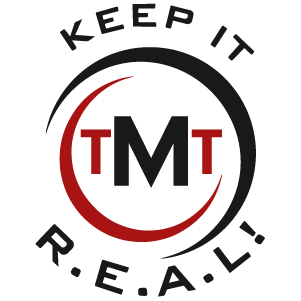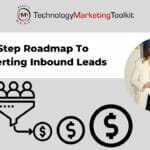In today’s digital era, handling inbound leads and qualified prospects requires a strategic approach to capitalize on potential opportunities. In this blog post, we delve into the recommended process for handling inbound leads, emphasizing the importance of timely response and efficient follow-up. By adopting these strategies, you can significantly enhance your chances of qualifying leads and securing valuable appointments. So, let’s explore the key principles that can revolutionize your lead management game.
Answer Live And Follow Up Fast
When it comes to digital leads, such as those generated through pay-per-click campaigns or local SEO, there are two golden rules: answer live and follow up fast.
Research indicates that contacting an inbound lead within the same minute they submit a web form can result in a staggering 391% increase in conversations. Therefore, it is imperative to have someone ready to dial their number immediately. By doing so, you significantly improve your chances of engaging with the prospect, qualifying them, and ultimately securing an appointment. In fact, studies have shown that a remarkable 78% of customers tend to buy from the first person or company that responds to their inquiry, underscoring the criticality of swift and proactive follow-up.
Response Time Matters
To further highlight the significance of response time, consider this: if you take longer than five minutes to follow up on an inbound lead, your ability to communicate with and qualify that prospect drops by a staggering 80%. Astonishingly, only 7% of companies manage to achieve this optimal response time.
In a study conducted by Vendasta, it was found that a shocking 55% of companies took five days to respond, while an alarming 12% didn’t respond at all. These statistics shed light on the immense opportunity that lies in being prompt and efficient in your lead management practices.
The Pitfalls Of Mishandling Inbound Phone Leads
While many companies invest in lead-generation strategies like Google Ads, it is disheartening to learn that a significant number of businesses fail to capitalize on the leads they generate. In fact, our extensive research, comprising thousands of secret shopper calls to managed service providers (MSPs), reveals some disheartening statistics.
Only 27% of MSPs answer their phones live, while a staggering 65% allow inbound calls to go straight to voicemail. Additionally, 8% have incorrect contact numbers, leading to frustrated callers encountering a fast busy tone or an unresponsive voicemail. Such mishandling of inbound leads hampers business growth and squanders potential opportunities.
The Power Of Proper Lead Handling
To succeed in lead management, it is crucial to adopt effective practices. First and foremost, engage the caller by asking diagnostic questions and capturing their name, company details, and location. Establishing a personal connection demonstrates your commitment to understanding their needs and sets the stage for a fruitful conversation. Furthermore, before transferring the call to a specialist advisor, consider obtaining their address to send an information guide tailored to their requirements. These small yet meaningful steps help create a positive customer experience and increase the likelihood of successfully converting leads into loyal customers.
The Art Of Follow-Up
Now, let’s shift our focus to the follow-up process, a vital component of lead management. A Salesforce study in the business-to-business (B2B) domain reveals that the average inbound lead takes a staggering 84 days to convert into an opportunity. However, it’s disheartening to learn that 71% of qualified leads are never followed up on, as shown by a study conducted by Harvard. Even among the leads that are followed up on, they are typically touched only 1.1 to 1.3 times on average. To tap into the potential of these leads, it is crucial to adopt a comprehensive follow-up strategy that encompasses phone calls, emails, and other relevant communication channels.
Long-Term Follow-Up Pays Off
One of the most compelling reasons to maintain a robust follow-up system is the significant number of sales that materialize over time. While 42% of qualified leads convert within one month, 7% take two to three months, and 5% take four to six months. Moreover, 9% of buyers make a purchase within seven to twelve months, and a surprising 21% of sales occur after a year. Astonishingly, 16% of buyers make a purchase after five years. Therefore, abandoning follow-up efforts prematurely could mean missing out on a substantial portion of potential sales. By persisting with long-term online and offline follow-ups, you can maximize your chances of converting leads into revenue.
Conclusion
Effectively handling inbound leads and qualified prospects is an art that requires prompt response, efficient follow-up, and personalized attention. By promptly answering live calls and following up fast, you can drastically increase your chances of qualifying leads and securing appointments. Moreover, by implementing proper lead handling practices, such as capturing key details and establishing a connection, you can create a positive customer experience. Finally, a comprehensive follow-up strategy, coupled with long-term persistence, will help you unlock the full potential of your leads, leading to increased sales and business growth. Embrace these principles, and watch your lead management performance soar to new heights.


